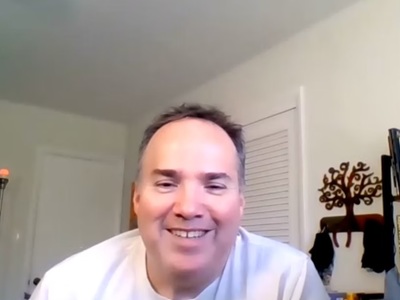Alejandro

See full story
After turning 40 years old, getting married, and having his first child, Alejandro experienced some weakness in his knees and difficulty walking comfortably in his slippers. For a year after, Alejandro started to trip more frequently and decided to go to his doctor for what he thought was a knee problem. After physical therapy, at 41 years old, Alejandro was referred to a neurologist and an MRI confirmed a diagnosis of MS. Alejandro’s first clinical trial experience was focused on gut health. In this trial, he took a daily probiotic and researchers observed changes in his gut health. He is currently involved in a clinical trial testing if an already FDA approved drug used to treat a different autoimmune disease can stop the progressive MS brain activity that other DMTs cannot stop. In this trial, the researchers collect blood work, a set of MRIs, and a lumbar puncture. As part of the treatment, Alejandro injects himself with a subcutaneous injection and the researchers observe changes in his MRI or spinal fluid results.
Alejandro enjoys being able to ask the research team questions and learn from his experiences in clinical trials. Through his clinical trials experiences, he felt “pretty good that I had information that I needed” to make a decision. As someone with a “bias to action,” Alejandro feels lucky to get offers to participate in research studies and hopes that he is giving himself the chance to slow MS progression and get better. He also hopes that him “being sick will help somebody get better.” Alejandro appreciates the consent process when starting a clinical trial. Having someone wait for him to “nod and acknowledge” every part of the consent process gives him “peace of mind.”
